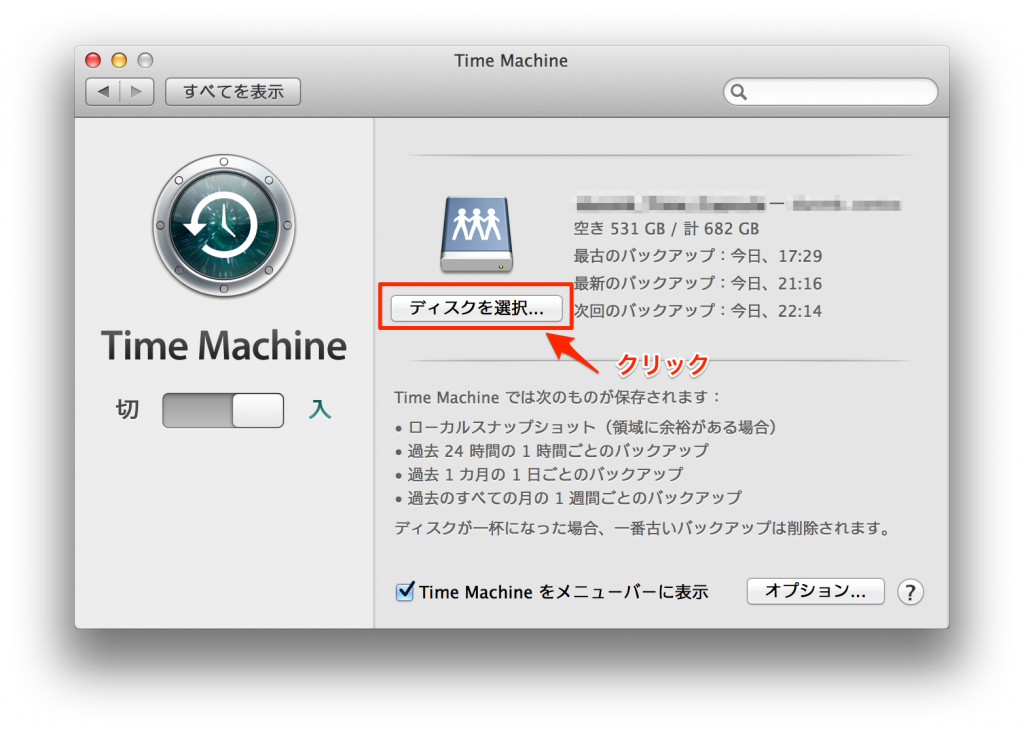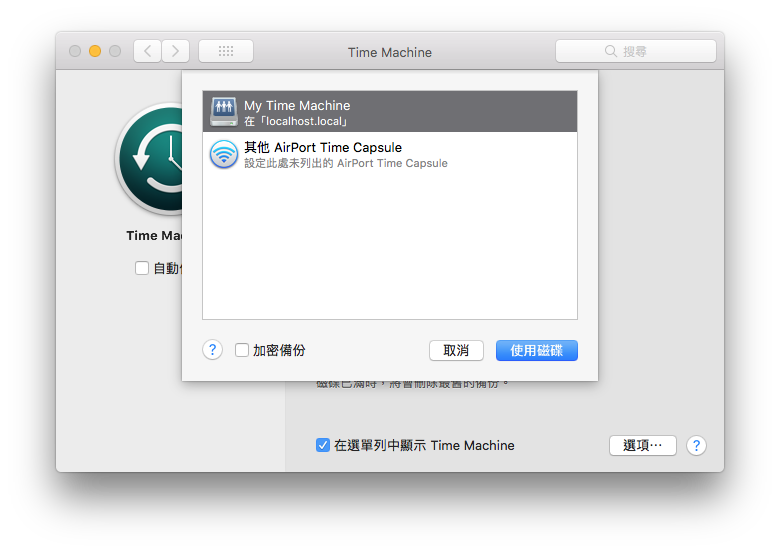

Directories in Unix are properly known as directory files. Files can be divided into three categories ordinary or plain files, directories, and special or device files. Digital signatures should be used to prove that a user ID is attached to a particular key/message. It is of course easily forged (someone else can simply create a key or a message with the same user ID text). A user ID is some text that is a human-readable identifier for a key's user. Gpg -with-fingerprint -keyid-format long /etc/pki/rpm-gpg/RPM-GPG-KEY-CentOS-6 The short key ID can be viewed by running: GPG has trouble handling two keys that have the same key ID. It therefore consists of 8 octets (64 bits). Each pair of hex characters represents one octet (8 bits), so the short key ID consists of 4 octets (32 bits). However, they are less secure, because another key with the same key ID can be generated (on purpose or by accident). They are used for convenience, as less typing/reading is required and they are more human-intelligible. Key IDs are short "names" for keys, shorter than the fingerprint or the modulus.


For V4 keys, the short key ID is the last half of the long key ID. Older combinations of rpm and gpg expect V3 keys and signatures. If V3 and V4 format keys share the same RSA key material, they will have different fingerprints and different Key IDs. The key ID of a V4 key is the last section of its fingerprint. The fingerprint of a V4 key is the last section of a hash of several pieces of information, one of which is the key. The fingerprint of a V3 key is the last section of a hash of several pieces of information, one of which is the key. The key ID of a V3 key is the last section of its public modulus. Version 4 keys first appeared in PGP 5.0 and are the preferred key version for OpenPGP. Version 3 packets were first generated by PGP 2.6. There are two versions of key-material packets. Goal dependency: The gcc compiler package Extra Packages for Enterprise Linux (or EPEL) is a Fedora Special Interest Group that creates, maintains, and manages a high quality set of additional packages for Enterprise Linux, including, but not limited to, Red Hat Enterprise Linux (RHEL), CentOS, Scientific Linux (SL), and Oracle Linux (OL).Ĭentos 6.9 Minimal includes these keys, stored in the work]# rpm -query -all -filesbypkg | wc -līase dependency: The operating system image EPEL = Extra Packages for Enterprise Linux "an rpm" can be used to refer to a single package, usually named. RPM originally stood for "Red Hat Package Manager" but has now become a recursive acronym for "RPM Package Manager". EL5 = Enterprise Linux 5 (either Red Hat Enterprise Linux or CentOS) Many 32-bit apps can be run on a 64-bit OS. A 32-bit OS can be installed on a 64-bit platform.
Netatalk src rpm centos code#
x86_64 code is intended to be executed on processors which are compatible with the AMD64 64-bit platform. i686 code is intended to be executed on processors which are compatible with the Intel x86 32-bit platform.


 0 kommentar(er)
0 kommentar(er)
